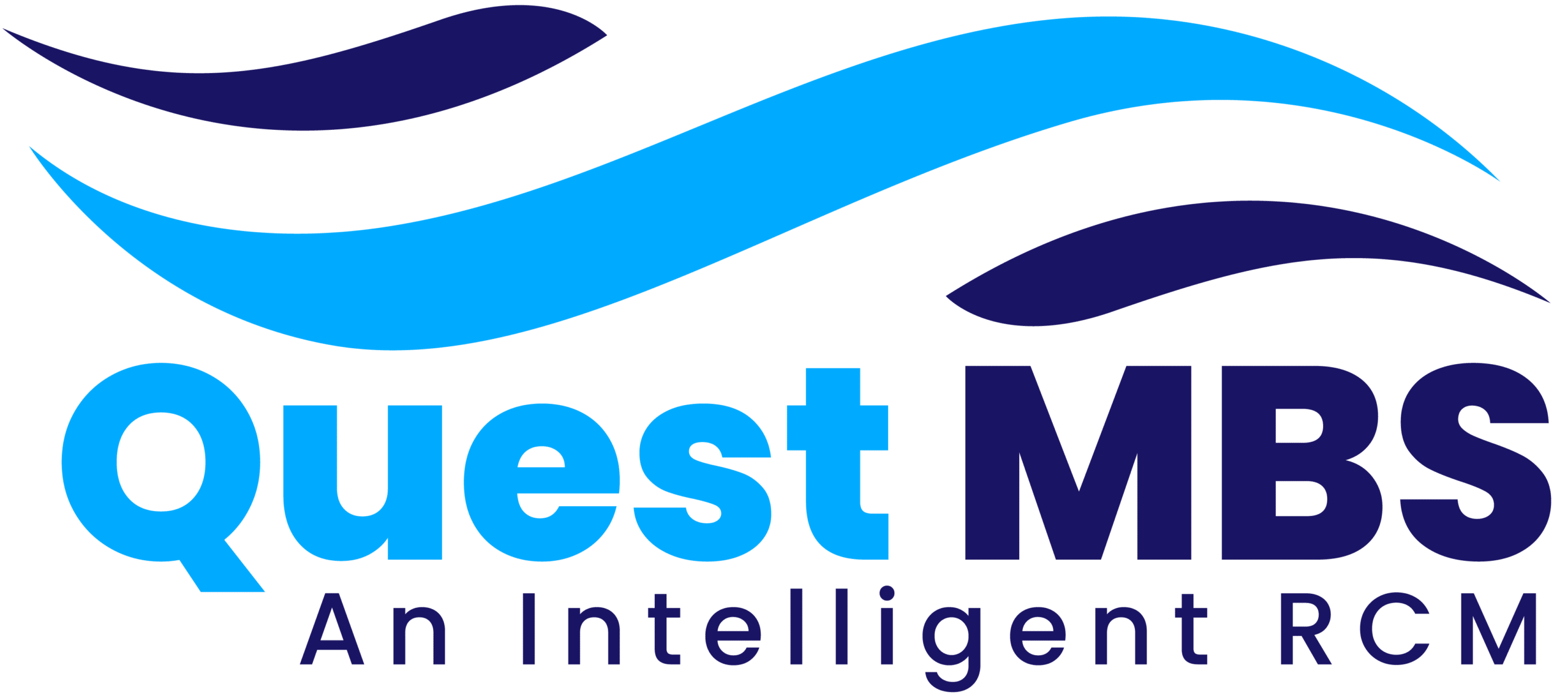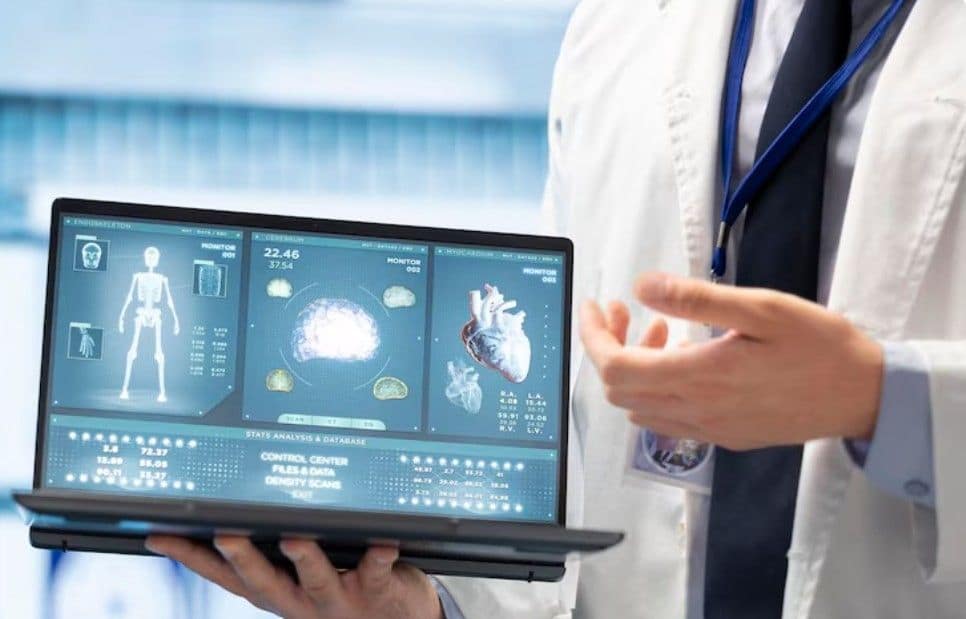Introduction
In today’s healthcare landscape, technology is not just enhancing patient care—it’s revolutionizing the way medical billing is performed. With the constant evolution of regulatory requirements, payer rules, and patient expectations, adopting the latest technology in billing best practices has become essential. Medical billing professionals, practice managers, and healthcare providers alike must embrace cutting-edge solutions to improve efficiency, reduce claim denials, and accelerate revenue collection.
This guide explores the most impactful billing technologies reshaping the healthcare revenue cycle and how providers can harness them to achieve financial accuracy and operational success.
Cloud-Based Billing Platforms
One of the most important advancements in billing best practices is the rise of cloud-based platforms. These solutions offer secure, scalable, and accessible systems that allow healthcare practices to manage billing processes from anywhere.
Cloud-based billing tools enable faster claim submission, integrated scheduling, and real-time eligibility checks. They reduce paperwork, minimize data entry errors, and simplify compliance management—all while streamlining workflows between front office, back office, and third-party payers.
The shift from legacy software to cloud-native platforms also means regular updates, data encryption, and minimal downtime, supporting faster reimbursements and better patient satisfaction.
Automated Claims Management
Automation is at the core of modern billing practices. Claim creation, coding, submission, and follow-up can now be fully or semi-automated using AI-powered tools. These technologies apply payer-specific rules in real-time, flag missing or inaccurate data, and optimize claim accuracy before submission.
Automated scrubbing tools review every claim for compliance with CPT, ICD-10, and HCPCS codes. By catching common errors at the front end, providers can increase clean claim rates and significantly reduce the risk of denials.
Furthermore, automated systems can generate alerts for claim rejections and rework tasks, helping billing teams address issues proactively instead of reactively.
Real-Time Eligibility Verification
The latest billing technology includes real-time insurance verification tools. These systems instantly validate a patient’s coverage, copay, deductible, and eligibility for specific procedures. This step is crucial in reducing denied claims due to ineligible services or expired insurance information.
By integrating eligibility verification into the patient intake process, practices can improve transparency, reduce billing disputes, and increase the likelihood of timely payment.
Real-time eligibility tools also support multi-payer access, making them essential for practices serving patients with commercial insurance, Medicare, Medicaid, and managed care plans.
Revenue Cycle Management (RCM) Integration
An integrated revenue cycle management solution offers visibility across all billing and collection stages—from patient registration to final payment. These platforms provide centralized dashboards for tracking key performance indicators (KPIs), such as days in accounts receivable, claim denial rates, and net collection ratios.
RCM platforms often include built-in analytics and customizable reports, allowing billing teams to identify revenue leaks, monitor payer performance, and adjust workflows accordingly. Some solutions even include predictive analytics to anticipate claim denials and optimize reimbursement strategies.
By connecting clinical documentation, coding, billing, and payment posting, RCM systems reduce redundancy and ensure more accurate and timely collections.
Mobile Billing Tools
With the growing adoption of telehealth and mobile medical services, providers need tools that support on-the-go billing. Mobile billing apps allow physicians and coders to capture charges, submit claims, and check billing status from smartphones or tablets.
Mobile charge capture ensures that no services are left unbilled. Physicians can record procedures and diagnoses at the point of care, and billing teams can instantly access that data for claim creation.
These mobile solutions are especially valuable for home health providers, urgent care centers, and hospitalists who work across multiple locations and need flexible billing capabilities.
AI-Powered Coding Assistance
Coding accuracy is the cornerstone of successful medical billing. Advanced technologies now offer AI-driven coding tools that suggest the most appropriate CPT and ICD-10 codes based on provider notes and documentation.
These platforms reduce human error, improve code specificity, and ensure compliance with payer guidelines. They also support faster coding turnaround times and reduce the need for rework or resubmission.
Some systems include natural language processing (NLP) to interpret free-text clinical notes and convert them into structured, billable codes. This speeds up documentation and helps providers focus on patient care while ensuring optimal reimbursement.
Integrated Patient Payment Systems
Modern billing best practices emphasize a patient-centered approach to collections. Integrated patient payment tools allow patients to receive estimates, view statements, and make secure payments online or via mobile apps.
These tools often support digital wallets, payment plans, and automated reminders, making it easier for patients to meet their financial obligations. Practices that adopt these solutions typically see improved collections and higher patient satisfaction scores.
Additionally, having a user-friendly payment interface reduces the burden on front-office staff and streamlines back-end reconciliation processes.
Payer Connectivity and Clearinghouse Optimization
Efficient communication with payers is critical for successful billing operations. Clearinghouses that offer multi-payer connectivity, claim tracking, and real-time edits are essential for reducing administrative overhead.
Advanced platforms now include payer-specific rules engines, batch submission tracking, and built-in denial resolution workflows. This connectivity enables faster reimbursements, more accurate claim status updates, and fewer manual follow-ups.
The ability to communicate with hundreds of payers through a single interface also simplifies billing for multi-specialty and multi-location providers.
Compliance and Audit Readiness
Regulatory compliance continues to be a top concern in medical billing. The latest technology includes features that support audit preparedness, coding compliance, and documentation accuracy.
Billing software with compliance modules helps ensure adherence to HIPAA, CMS, and payer-specific policies. Built-in audit trails, access logs, and version control features create transparency and accountability in billing workflows.
Some systems even generate audit-ready reports that help practices avoid penalties and pass payer audits with ease.
Predictive Analytics for Denial Prevention
Another powerful tool in modern billing technology is predictive analytics. These systems analyze historical claim data to predict which claims are likely to be denied and why. With this foresight, billing teams can take preventive action—such as correcting missing documentation or modifying code selections—before the claim is submitted.
Predictive analytics also highlight payer patterns, helping providers tailor submissions to improve acceptance rates. When combined with machine learning, these tools become even more accurate over time, reducing denials and maximizing revenue.
Telehealth Billing Support
As virtual care becomes a staple in healthcare delivery, billing systems must adapt to support telehealth-specific workflows. This includes appropriate modifier usage, time-based coding, and payer-specific telehealth policies.
Advanced billing platforms now offer telehealth billing templates, automated compliance checks, and real-time coding guidance to ensure accurate reimbursement for remote services. Integrating telehealth billing into the overall revenue cycle minimizes errors and ensures providers are paid fairly for digital consultations.







